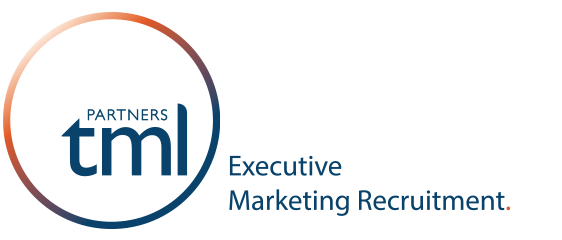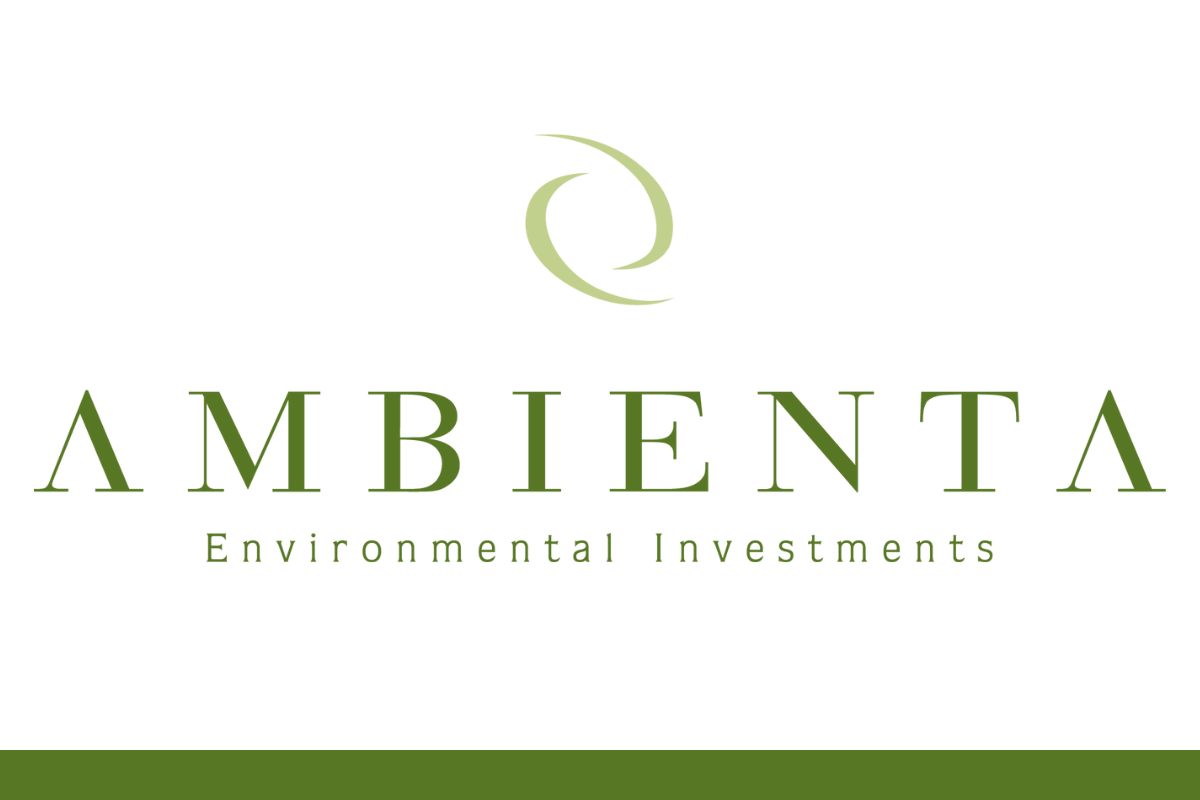tml Partners’ commitment to promoting diversity and inclusion within all searches goes beyond simply fulfilling quotas. Our consultants actively want to work on their own recruitment strategies to ensure equal opportunities and prevent any discrimination or bias. Our entire team recently attended a workshop on diversity and inclusion, which prompted an open and honest discussion on how the team can promote diversity.
We recognise the benefits of having a diverse workforce. Aside from believing that all individuals, no matter what their race, gender, socio-economic background, religion or sexuality (to name just a few), deserve equal opportunities, we also know that having a diverse workforce is a proven way for companies to make smarter decisions. A recent report from McKinsey entitled ‘Diversity Matters’ had some interesting statistics on the impact of having a more diverse leadership team:
“Companies in the top quartile of gender diversity were 15 percent more likely to have financial returns that were above their national industry median. Companies in the top quartile of racial/ethnic diversity were 35 percent more likely to have financial returns above their national industry median.”
Aside from the effect on a business’ bottom line, having diverse leadership and an ethos of inclusion also increases employee satisfaction, brand attraction, creativity and diversity of thought, as well as allowing a business to effectively communicate with their, likely hugely diverse, client or customer base.
Putting our recruitment practices under the microscope is therefore not only essential in giving all individuals the opportunities that they deserve, but also in making our clients’ businesses successful.
As part of our workshop, we examined the entire recruitment process, which is generally comprised of the following stages:
Preparation > Sourcing > Screening > Interview/assessment > Feedback > Decision and offer
At each stage of the recruitment process there are many sub-stages, and the team identified multiple areas where biases, unconscious or conscious, can creep in. Being aware of these is the first step in eradicating them. For example, right at the beginning of the recruitment process, the language used in a job description should be analysed to see if it is neutral to all. Certainly gender, age or socio-economic specific wording can immediately polarise certain groups into not feeling eligible to apply. At the sourcing stage, recruiters need to be careful about the channels through which candidates come. Are all channels considered equally, or are referrals and recommendations potentially weighted more heavily? At the screening stage, there are the obvious potential pitfalls around age, background, education, experience, family situation, etc. which can impact a candidate progressing. Removing certain details from CVs before screening can have a really positive effect on progressing candidates solely on their suitability for the role. The same biases can be present at interview and assessment phase, are judgements being made on how a candidate sounds or looks, for example. During the feedback phase, are all candidates on a level playing field? Working with a scorecard-style system for feedback is a very effective way of making sure each candidate is evaluated on what is important for the role, rather than anything that might cloud this such as fit and culture. Finally, the decision and offer phase. Is the package that is being presented fair in relation to the role that is being undertaken, or is, for example, gender having an effect on the remuneration being negotiated.
A particularly interesting part of the workshop was looking at the different biases that can impact the recruitment process:
- Confirmation bias – favouring information that confirms your previously existing beliefs and biases
- Effective heuristic – judging based on superficial factors, such as appearance
- Affinity bias – preferential treatment for those that share qualities with you or someone you admire
- Conformity bias – the tendency people have to behave like those around them rather than using their own personal judgement
- Intuition – making decision based on a ‘gut-feel’ or sixth sense
Again, being clear about what can influence the recruitment process and having this on your consciousness means you are continually questioning the decisions and recommendations you’re making. This is such an important step in taking biases out of the process.
Aside from the potential solutions already mentioned such as blind CVs and scorecard style assessment and feedback, a big part of the team’s discussion was about working with clients to understand their diversity goals and making sure that the searches they were performing matched these. Organisations need to have the sort of culture that would welcome and thrive with a diverse workforce and while this is something that certainly most organisations are working towards, there are varying stages of progress. Our consultants voiced a commitment to work with their clients on building on their diversity and inclusion strategies and, as recruiters, believed they’re in a privileged position to actually have an impact.




